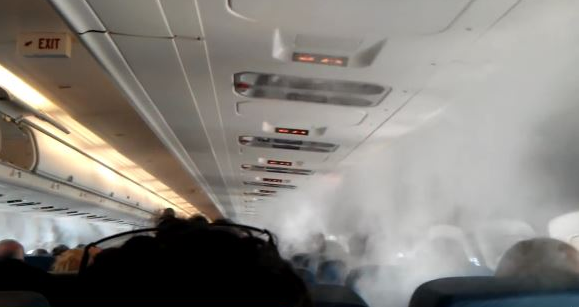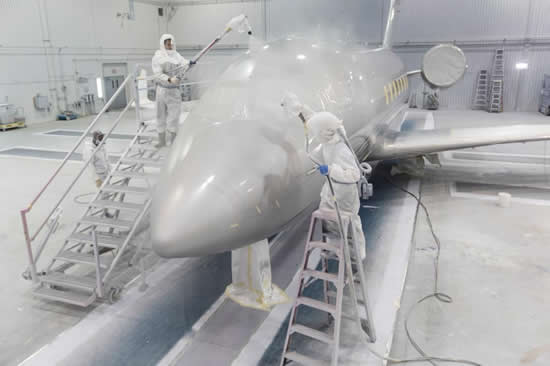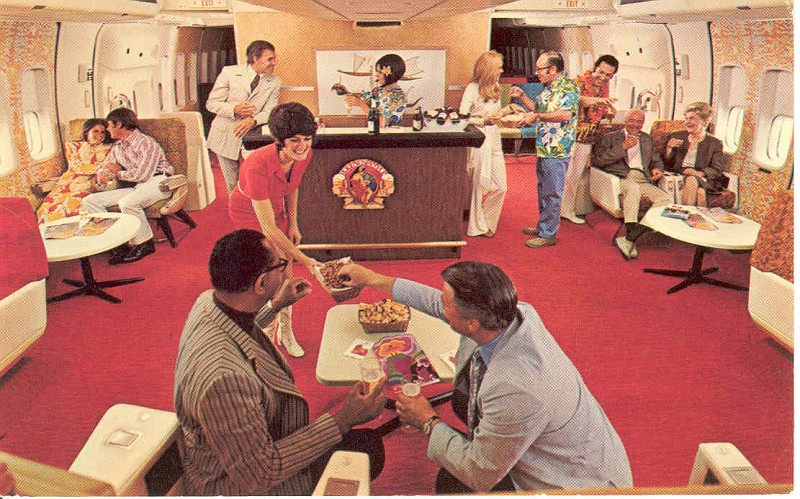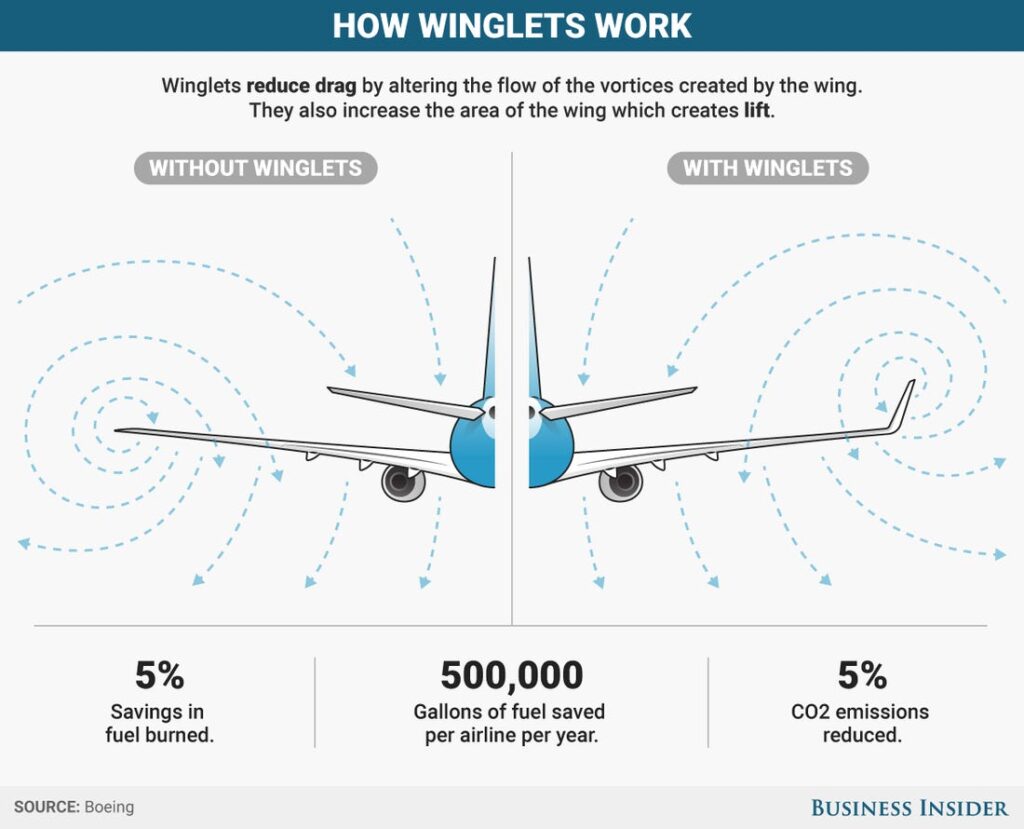Don’t worry, we are talking about your airplane, not you. Looking at whether you can reduce your aircraft weight is a good idea though because less pounds = less £/$/€ spent on fuel.
But how can you go about reducing your aircraft weight? Well, here are a few quick ’n’ easy methods to consider, because whether the motivation to reduce your burn is down to the environment, or down to money, we reckon both are good reasons.
Bath time
First up, give your airplane a good scrub. Operators are focused on Cabin Covid Cleaning, but there is more to be saved if you really clean out the muck from all the nooks and crannies. We rarely think about the accumulation of dirt onboard in terms of weight build up, but it can be significant.
- The Outside: Your aircraft is designed to be clean and shiny so it can glide through the air with ease. Anything stuck to the airframe is going to disrupt airflow and increase drag which in turn increases your fuel burn. A study by Airbus suggested a clean airplane could save between 0.5 to 2% on fuel;
- The Inside: Seat pockets and headrests are filthy, but we aren’t here to talk about what is festering inside your furnishings, but rather to think about the added weight. Given a mattress apparently gains a good 5lbs in dirt and dust through its general lifetime, just think how much those seats filled with dropped food and all the other people debris might mean in added mass;
- The Cargo Bays: Giving your cargo bay a bit of an enema is also going to help reduce weight. The build up of dirt, ripped off luggage tags and probably a few mouse droppings is literally not worth its weight in fuel.

Scrub it down
The Rain in Planes
(I stole that title from this article, but it is a great one).
Condensation is a problem in aircraft. A 747 can find an extra 700kg added onto its weight through liquid alone. That is the equivalent of seven non fare-paying passengers every flight, using your fuel without paying a penny in compensation.
With the level of Covid cleaning and spraying of surfaces going on, the additional liquid content swamping up your airplane interior is going to be higher. Reducing this is not easy – much of it comes down to aircraft design and maintenance. However, there are options such as Sweden-based CTT Systems and their ‘Zonal Drying’ technology which feeds cabin air through a rotor filled with a desiccant of silica gel.
Boeing make some of their own recommendations too, so it is worth considering ways to reduce condensation and other unwanted fluid build-up because it not only helps reduce weight, but is good for general airframe lifespan too.

Condensation and vapor from AC units results in a big build up of unwanted moisture
Go paperless
In 2018, United Airlines started using thinner paper for their in-flight magazines, reducing their weight by 1oz per copy. That might sound like not a lot at all, but if you think of how many magazines are onboard each flight then that’s a fair few ounces – and ounces mean fuel. Turns out it saved them around $15 of fuel per flight, which worked out at about 170,000 gallons of fuel over the year.
Now, you aren’t going to see savings like that unless you have a large fleet, but even 1% of that saving will add up over time.

Cutting down on paper weight without cutting down on passenger service
And the paper savings don’t stop there – paperless cockpits can mean a big weight saving. Swapping from old school charts to a nice lightweight tablet, and digital flight plans instead of reams of Notam-riddled paper printouts can drop about 40lbs from your load.
It’s also so much better for the poor pilot’s back.
Water it down
The potable water tank is often overlooked as a potential saving spot. An A320 tank has around about 200 liters capacity but the amount you carry can be reduced based on the number of passengers.
Repaint
Paint weighs a lot. The coating and painting on an A380 weighs between 650kg and 1000kg. Ok, so your smaller jet won’t need quite that much, but there can still be a fairly hefty reduction for you if you opt to use lightweight paint.
Modern paint technology can also mean a lower drag profile, while using new component coating technology can save 30 to 70% of the weight on 3-4m components.

Try and color within the lines
Update your interior
You probably can’t rebuild the outside of your airplane with a nice lightweight composite, but you can take a look at what you’ve got inside.
There are pretty strict regulations on aircraft trolley design. Who knew. But designers have managed to bring the weight down while still ticking the regulatory check boxes and nowadays an ultra lightweight trolley can weigh as little as 15kgs.
A decade or so ago regulators raised safety standards. Excellent. But this also meant a requirement for safer seats which suddenly added around 5 tonnes to the average weight of an aircraft. Well, seat design has also moved on since then and slim line, composite seats are available, potentially reducing their weight by up to 25%.
Thomas Cook (sadly no longer flying) reckoned they averaged at 300kg savings per flight by using lighter seats.
Seats, air conditioning systems, carpets, oxygen bottles… there are a lot of new technologies out there and while a full retrofit can be a pricey process, if the savings outweigh the costs then it might be time to take a look at where you can update your cabin.

The original onboard bar
Passenger weight
Although some airlines have adopted this measure, we don’t suggest charging passengers based on their weight – it doesn’t make them very happy. That said, using actual weight versus standard ones can be beneficial (it might also be necessary if your aircraft relies on accurate data for its weight and balance).
Check out this EASA report into standard passengers weights and how actual passengers compared.
Cut the fuel directly
We definitely don’t mean reducing flight plan fuel and carrying the bare minimum on every operation, but there are ways to help reduce your flight plan fuel requirements over time.
Let’s take a step back though and look at our contingency fuel. If you are using statcon fuel then you are taking a statistical amount based on analysis of previous flights. So we can reduce this by reducing the fuel burn on “previous” flights.
Flying economically means more than just best altitude or airspeed. It also means more direct routings, using free route airspace better and achieving constant descent approaches.
Using a robust fuel planning system that takes into account all factors will also help produce a planned fuel that is efficient and accurate.
Whack on some winglets
Winglets improve fuel burn. Improved fuel burn means you don’t have to carry as much in the first place.

Explains the winglet saving better than I can
Do the math
Carrying an extra squirt of fuel is going to burn more fuel. You can easily go down a rabbit hole here of saying “I need an extra tonne, but that means an extra 250kg burned, so I’ll take 1,250kg, but that will burn another…”
The logic here is actually fairly simple though. If you need a tonne at destination, then take the fuel needed to carry it so when you get destination, that 1000kg is still there ready for use. If you think you might need “a bit extra” for the journey then you don’t need to carry more to carry this because you are carrying it to burn en-route anyway.
The Hidden Savings
Of course all these measures have to be balanced – the cost of fuel savings versus the cost of implementing the changes. But don’t forget – there are hidden savings too. Lighter aircraft mean less wear and tear on their poor old undercarriages.
So, putting your aircraft on a diet can mean a lot of savings down the line.
More on the topic:
- More: Winter Ops: Fun Fuel Facts
- More: Contaminated Jet Fuel In Nigeria
- More: MOT for aircraft? It’s actually a tax
- More: New Zealand Fuel Supply Issue
- More: Is the Fuel Pool Drying Up?
More reading:
- Latest: Mexico Customs Surprises: Pills, Vapes, and Laptop Rules
- Latest: Greenland NAT Alternates: Dec 2025 Update
- Latest: Crossing the Quiet South: From Australia to Argentina
- Safe Airspace: Risk Database
- Weekly Ops Bulletin: Subscribe
- Membership plans: Why join OPSGROUP?











 Get the famous weekly
Get the famous weekly 





